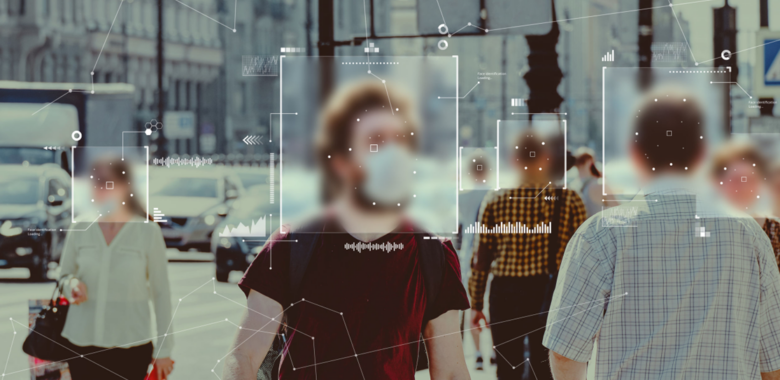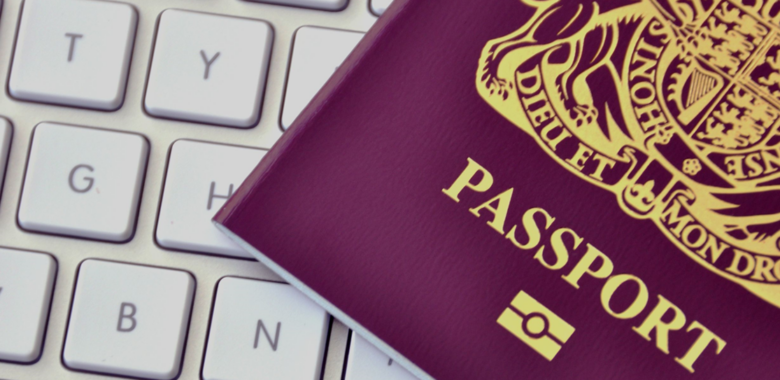How biometrics can help to make our world a safer place
We’ve recently been exploring biometric technologies on this blog and how they have become a part of our everyday lives, helping us to move, travel and pay more seamlessly. Indeed, fingerprints, retinal scans, voice identification and facial recognition have all become invaluable tools to help us access essential services and experience the world around us.
But it’s important to remember that the benefits of these technologies extend far beyond convenience; they also play a crucial role in ensuring our safety and protection. Here are three ways biometric technologies can help to ensure public safety…
Criminal forensics and the identification of suspects
Biometric technologies can speed up the identification of criminals. Indeed, fingerprint identification systems have been relied upon by law enforcement agencies for over a century. In the United Kingdom, for example, the Metropolitan Police has been using biometrics for identification since 1901.
Over the years, criminal investigations have grown to include other biometric technologies including DNA, palmprint, face, and iris – further helping to expediate the identification process. And now, multi-biometric identification solutions allow crime scene investigators and forensics experts to analyse physical evidence from the field. They are available wherever frontline staff are, right in the palm of their hands, to simplify and accelerate the process.
Ultimately, faster and more accurate identification of repeat offenders will help to take criminals off the streets, contributing to a safer society.
Efficient border security
Biometric-enabled self-service kiosks and eGates have revolutionised border control. They allow border agencies to adequately face the challenge of processing an increasing number of travellers – without compromising security.
The inclusion of biometric data provides a faster and more accurate means of making sure all persons entering or leaving the territory are who they say they are. This helps to counter illegal immigration and terrorism, thereby reinforcing the country’s borders and keeping citizens safe.
Preventing identity theft
Biometric technologies also offer enhanced protection against impersonation and identity theft. By integrating biometric data such as fingerprints into ID documents, or by using electronic identification (eID) that embed a digital version of the user’s photograph, issuers can make it significantly more challenging for fraudsters to compromise or forge official forms of identification. This leads to fewer fraudulent documents – which would have been used for profit or criminal activities – and the securing of citizens’ identities.
Looking ahead, law enforcement agencies will need to adopt biometrics more widely to support efficient operations. However, this is an area where responsibility must always come before innovation. With biometrics relying on the access and use of citizens’ most personal information, these deployments must be handled with the utmost sensitivity and strong ethical principles.
Thales brings decades of experience in secure identity management, biometrics, and cybersecurity. Our global leadership in data protection helps us to make sure citizens can experience the world safely and securely.
Read more about our approach to biometrics and how we build trust with both consumers and service providers here: https://www.thalesgroup.com/en/worldwide/group/magazine/thales-true-technology-responsible-biometrics



